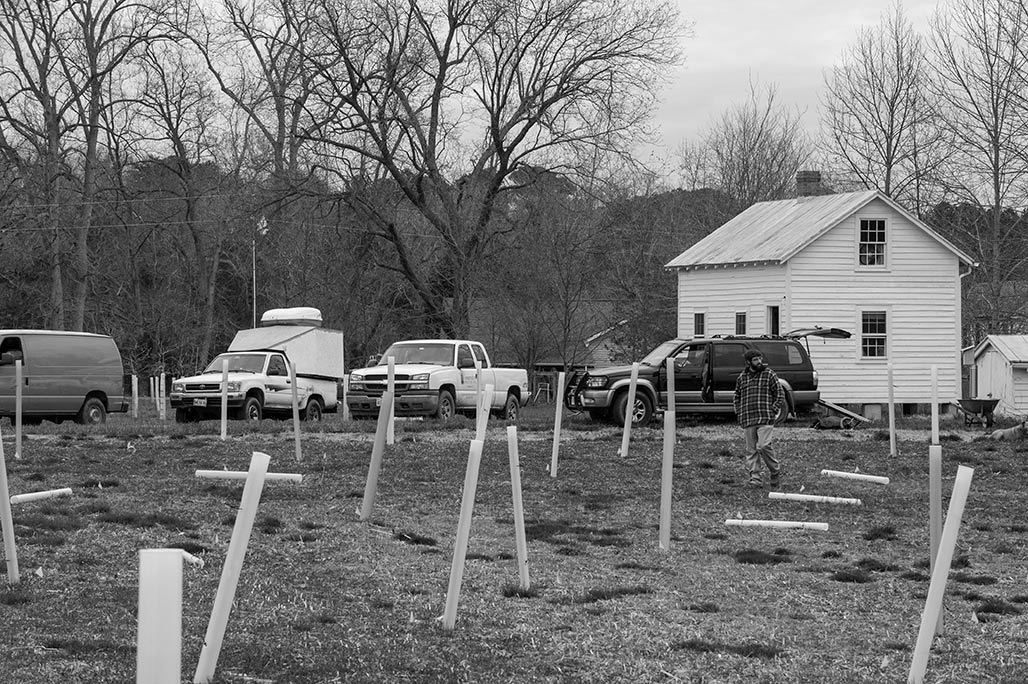
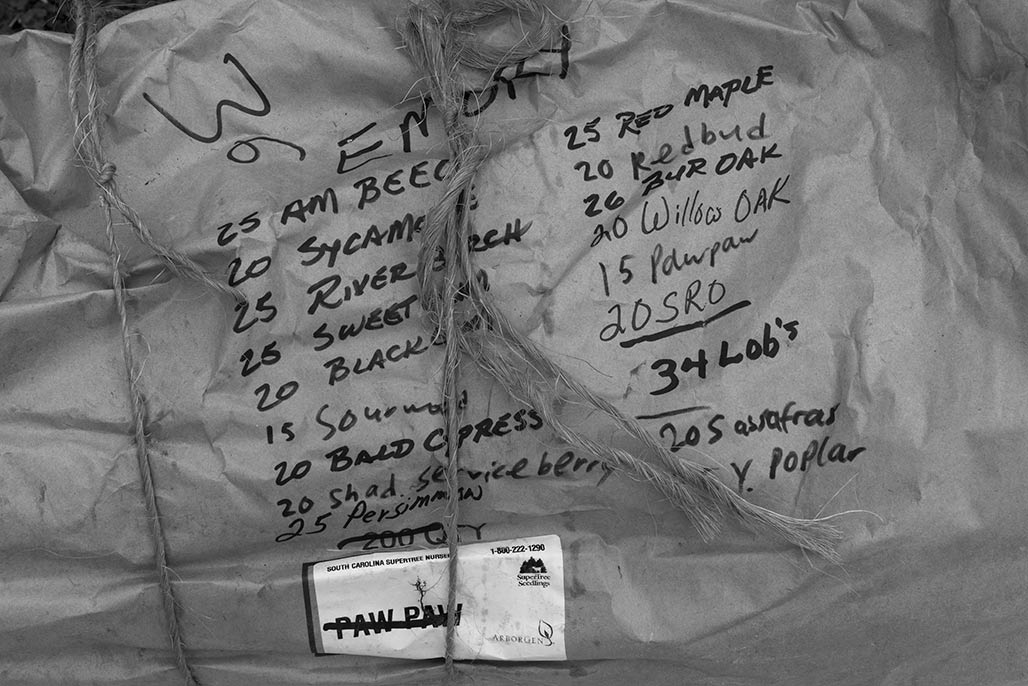

photography from the Chesapeake Bay watershed by Bill Emory



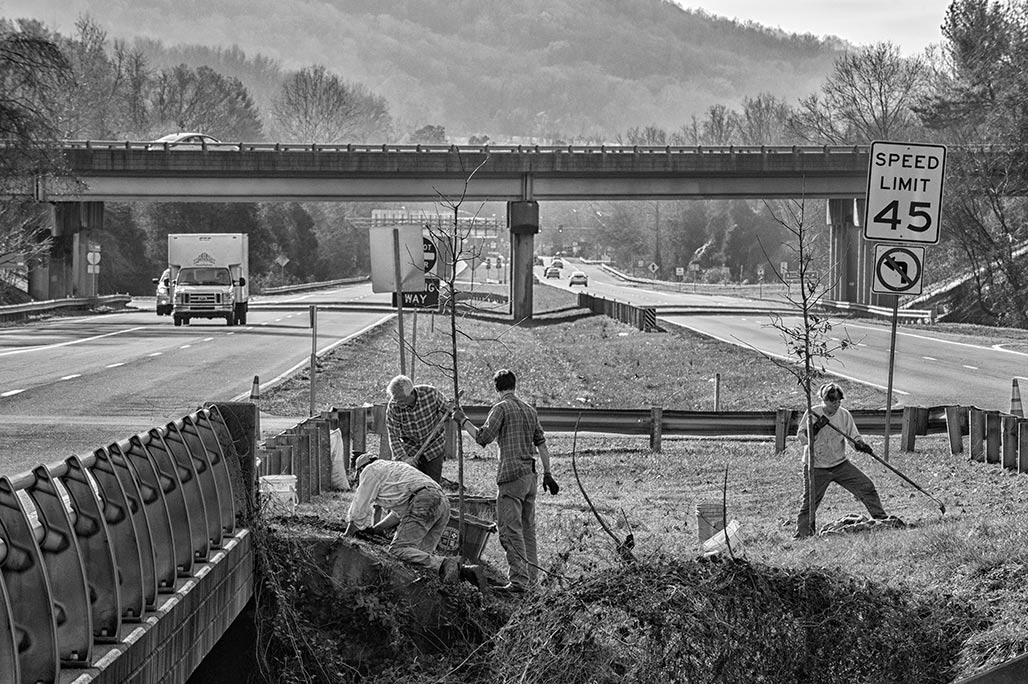

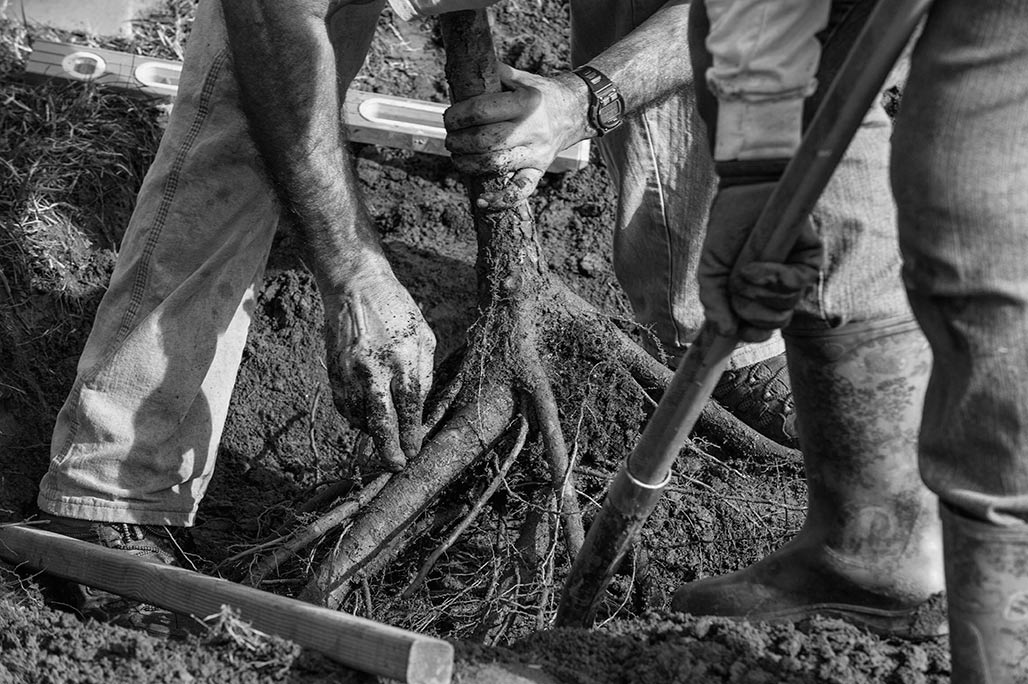


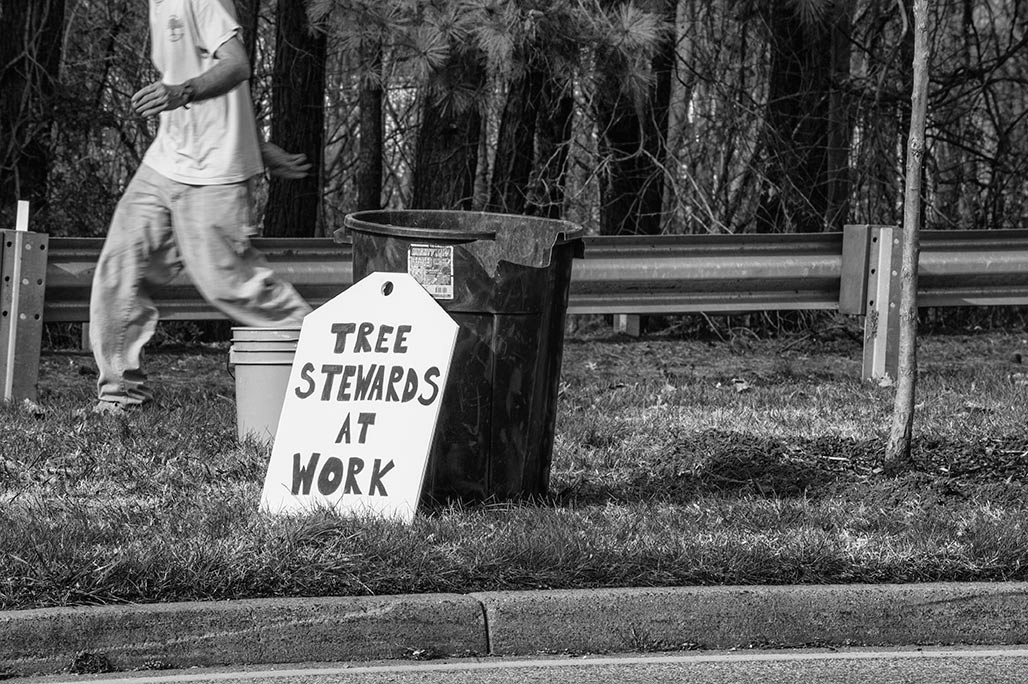

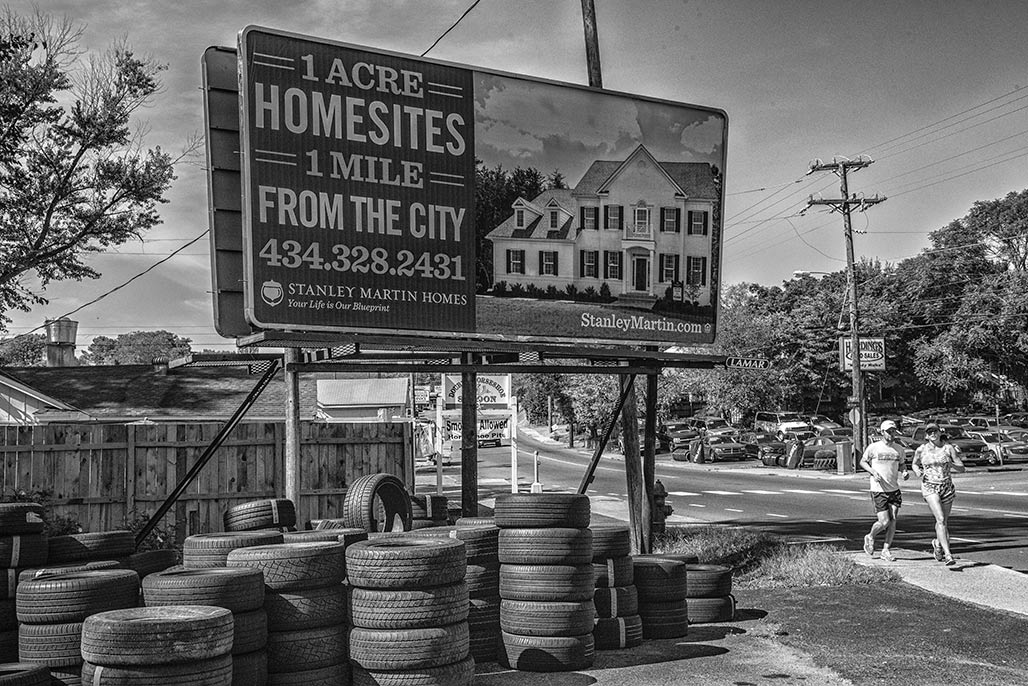
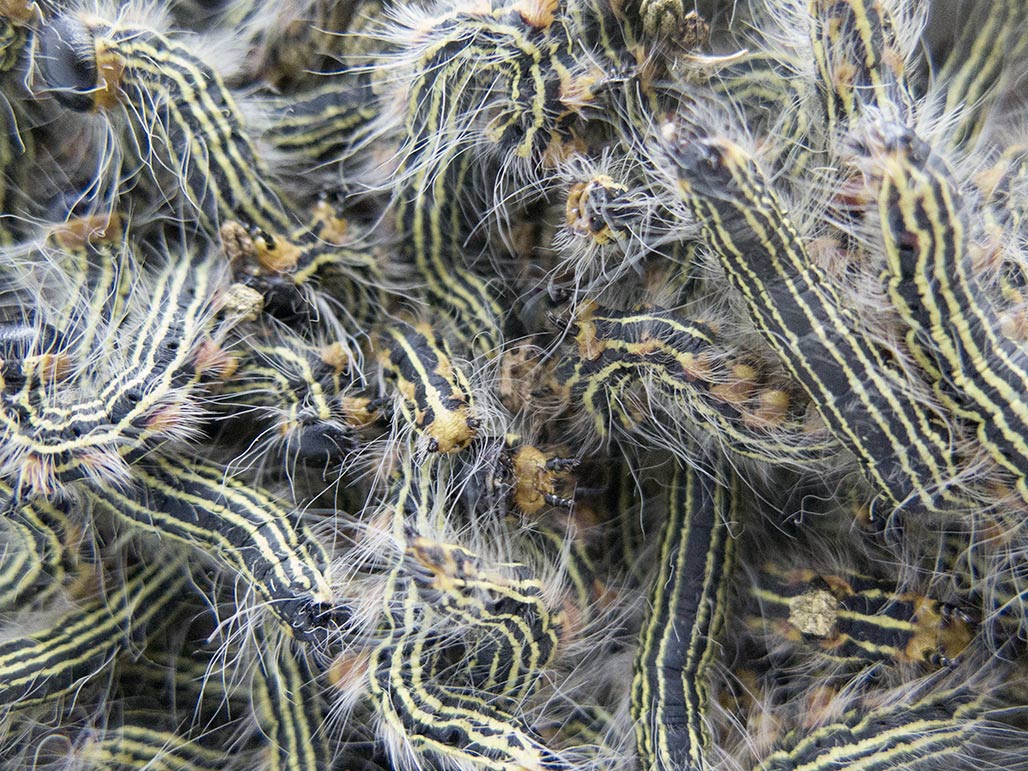
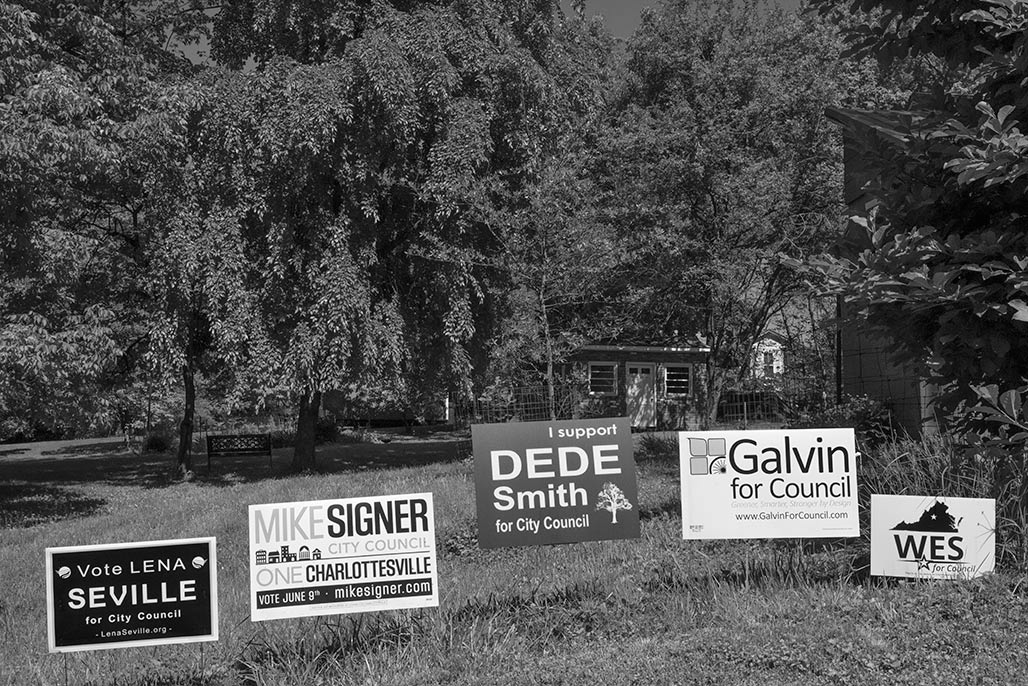

But a dead tree, contrary to popular perception, has a plus side. Called a snag, it plays host to a variety of insects, fungi, spiders, and other small native creatures of the woodland; a variety of mammals, including flying and gray squirrels, raccoons, and others; and, surprisingly, about eight-five species of birds in North America. In a forest, at least, maturity and deadwood are relative terms.–Robert Halma, “The Lehigh Valley: A Natural and Environmental History”
Excellent article on dead trees, see: “Praise the Dead: The Ecological Values of Dead Trees” by George Wuerthner